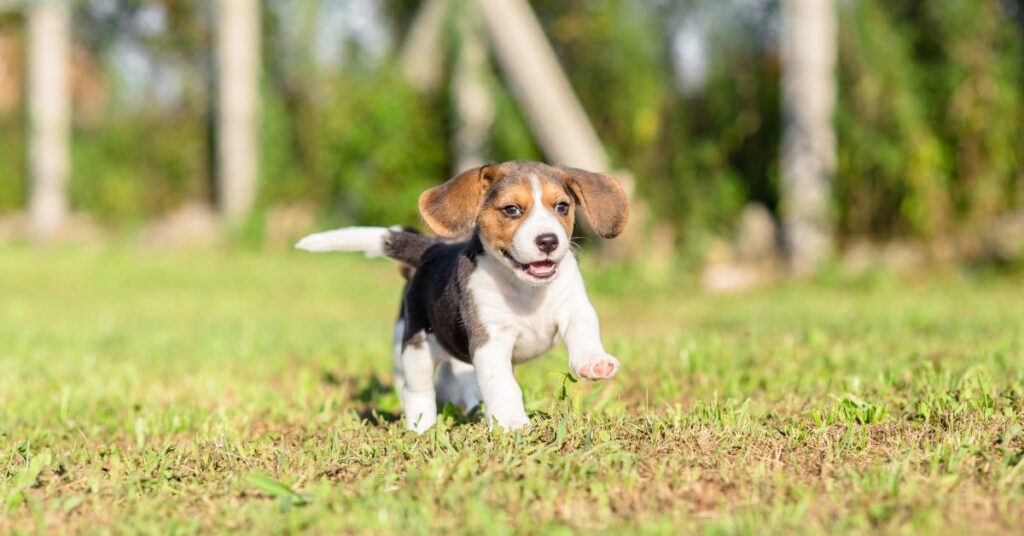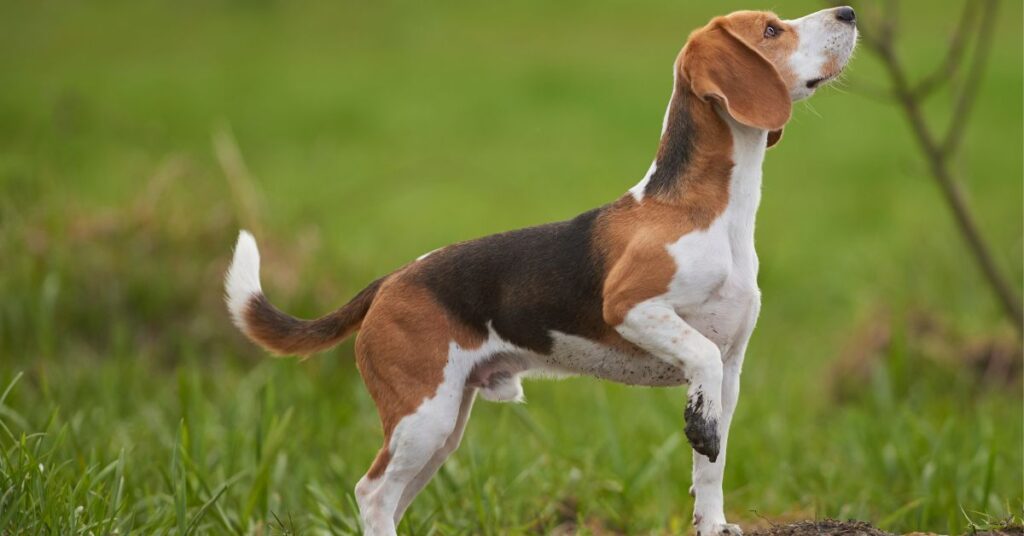The Beagle is a charming and energetic breed renowned for its friendly nature and distinctive baying. This comprehensive guide provides detailed insights into the Beagle’s characteristics, care requirements, and history.
*Disclaimer: This Post May Contain Affiliate Links. This Means That I Receive A Small Commission At No Extra Cost To You Should You Click Through And Make A Purchase. Learn More On My Policy Page
Breed Characteristics
- Breed Category: Hound Group
- Size: Small to medium
- Coat Length: Short
- Shedding: Moderate
- Hypoallergenic: No
- Grooming Requirements: Low
- Life Span: 10-15 years
- Activity Level: High
- Temperament/Personality: Friendly, curious, energetic
- Intelligence: Moderate
- Trainability: Moderate
- Space Requirement: Moderate; suitable for both apartments and houses with a yard
- Compatibility with Children & Other Pets: Excellent with children; generally good with other pets
- Health Issues: Hip dysplasia, epilepsy, obesity, ear infections
- Nutrition Needs: Balanced diet with high-quality protein

Origin and History
The Beagle’s origins can be traced back to ancient Britain, where it was developed as a scent hound. The breed’s history is rich and varied, with its ancestors believed to have been used for hunting since Roman times. Beagles were bred for their keen sense of smell and hunting ability, particularly for tracking small game such as rabbits and hares.
Over the centuries, Beagles have been used for hunting in various terrains and climates, showcasing their versatility and endurance. The breed was officially recognized by the American Kennel Club (AKC) in 1885 and has since become a beloved companion and family pet.
Appearance and Physical Characteristics
Beagles are small to medium-sized dogs with a sturdy, muscular build. They typically stand 13-15 inches tall at the shoulder and weigh between 20-30 pounds. However, there is the miniature Pocket Beagles that typically stand between 7 to 12 inches tall at the shoulder and weigh between 7 to 15 pounds. Their coat is short, dense, and weather-resistant, with colors including tricolor (black, white, and tan), bicolor (lemon and white, or red and white), and various other combinations.
Their most notable features include their expressive, pleading eyes, long ears, and strong sense of smell. Beagles have a characteristic baying bark, which they use to communicate during hunts and alert their owners to anything unusual.
Temperament and Personality
Beagles are known for their friendly and curious nature. They are outgoing and sociable, enjoying the company of people and other animals. They are excellent family pets, especially good with children due to their playful and affectionate demeanor. Beagles are intelligent and curious, often exploring their surroundings and following interesting scents.

Intelligence and Trainability
While Beagles are intelligent, their strong sense of smell and natural curiosity can sometimes make training a challenge. They can be somewhat stubborn and easily distracted, so training requires patience and consistency. Positive reinforcement techniques, such as treats and praise, work best with this breed. Early socialization and training are important to ensure they develop into well-behaved and well-adjusted adults.
Compatibility with Children and Other Pets
Beagles are generally great with children and other pets, making them an excellent choice for families. Their friendly and playful nature allows them to get along well with kids and other animals. However, due to their strong prey drive, they may have a tendency to chase smaller animals, so supervision is recommended, especially in households with smaller pets.
Health and Nutrition
Beagles are generally healthy dogs but can be prone to specific health issues such as hip dysplasia, epilepsy, and obesity. Regular veterinary check-ups and a balanced diet are essential to maintaining their health. Their long ears require regular cleaning to prevent infections, and their weight should be monitored to avoid obesity.
A high-quality, balanced diet with appropriate protein levels supports their overall health and energy. Beagles are active dogs, and their diet should reflect their activity level to keep them fit and healthy.

Exercise and Activity Level
Beagles have a high activity level and require regular exercise to stay healthy and happy. Daily walks, playtime, and mental stimulation are essential for this breed. They enjoy activities that engage their sense of smell, such as scent games and tracking exercises. Due to their energy and curiosity, Beagles need ample exercise to prevent boredom and potential behavioral issues.
Grooming Needs
Grooming the Beagle is relatively straightforward. Their short coat requires minimal brushing, though regular brushing helps manage shedding. Their ears need regular inspection and cleaning to avoid infections. Beagles also benefit from routine dental care and nail trimming to keep them in optimal condition.
Training and Socialization
Training a Beagle requires patience and consistency. They respond well to positive reinforcement methods and can be motivated by food rewards and praise. Socialization from an early age is crucial to ensure they are well-adjusted and comfortable in various environments. Exposure to different people, animals, and situations helps them develop into well-rounded adults.

Famous Beagles
The Beagle has made numerous appearances in popular culture, most notably as the beloved character Snoopy from the “Peanuts” comic strip by Charles Schulz. Snoopy’s adventures and iconic status have contributed to the Beagle’s popularity worldwide. Additionally, Beagles have been featured in various films and TV shows, further cementing their place in popular culture.
Conclusion
The Beagle is a delightful breed with a friendly personality, intelligence, and an affectionate nature. With proper care, training, and exercise, Beagles make wonderful companions for families and individuals alike.














